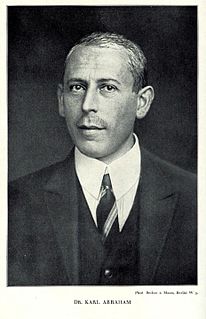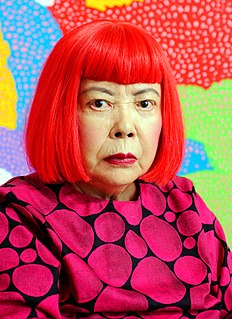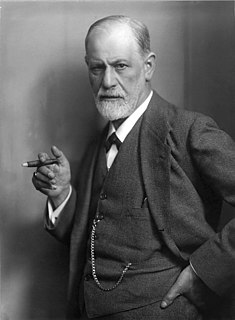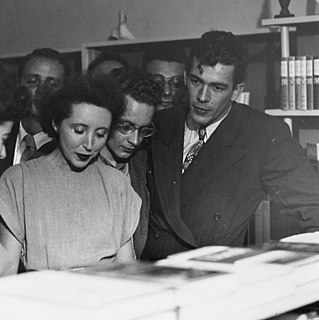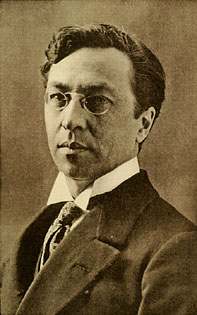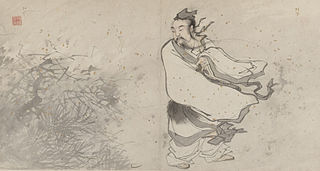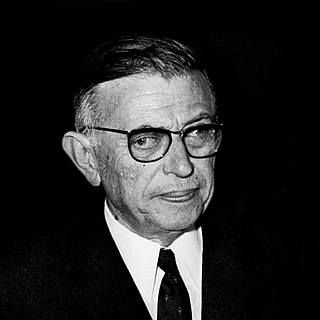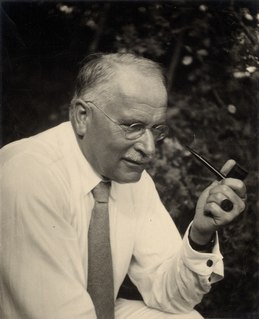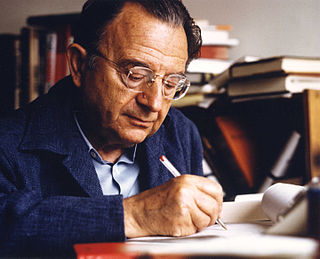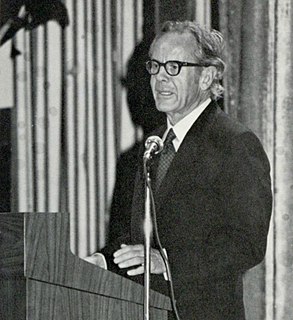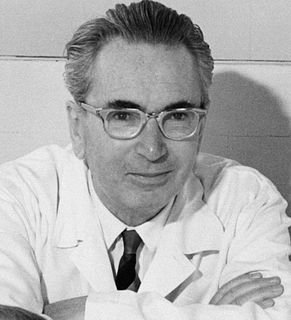A Quote by Karl Abraham
Even in my first analysis of a depressive psychosis, I was immediately struck by its structural similarity with obsessional neurosis.
Quote Topics
Related Quotes
My art originates from hallucinations only I can see. I translate the hallucinations and obsessional images that plague me into sculptures and paintings. All my works in pastels are the products of obsessional neurosis and are therefore inextricably connected to my disease. I create pieces even when I don’t see hallucinations, though.
There is, however, in art another kind of external similarity which is founded on a fundamental truth. When there is a similarity of inner tendency in the whole moral and spiritual atmosphere, a similarity of ideals, at first closely pursued but later lost to sight, a similarity in the inner feeling of any one period to that of another, the logical result will be a revival of the external forms which served to express those inner feelings in an earlier age.
The young mouse's eyes snapped open, clear and bright. He swung the ancient sword high and struck at the giant adder. He struck for Redwall! He struck against evil! He struck for Martin! He struck for Log-a-Log and his shrews! He struck for dead Guosim! He struck as Methuselah would have wanted him to! He struck against Cluny the Scourge and tyranny! He struck out against Captain Snow's ridicule! He struck for the world of light and freedom! He struck until his paws ached and the sword fell from them!
